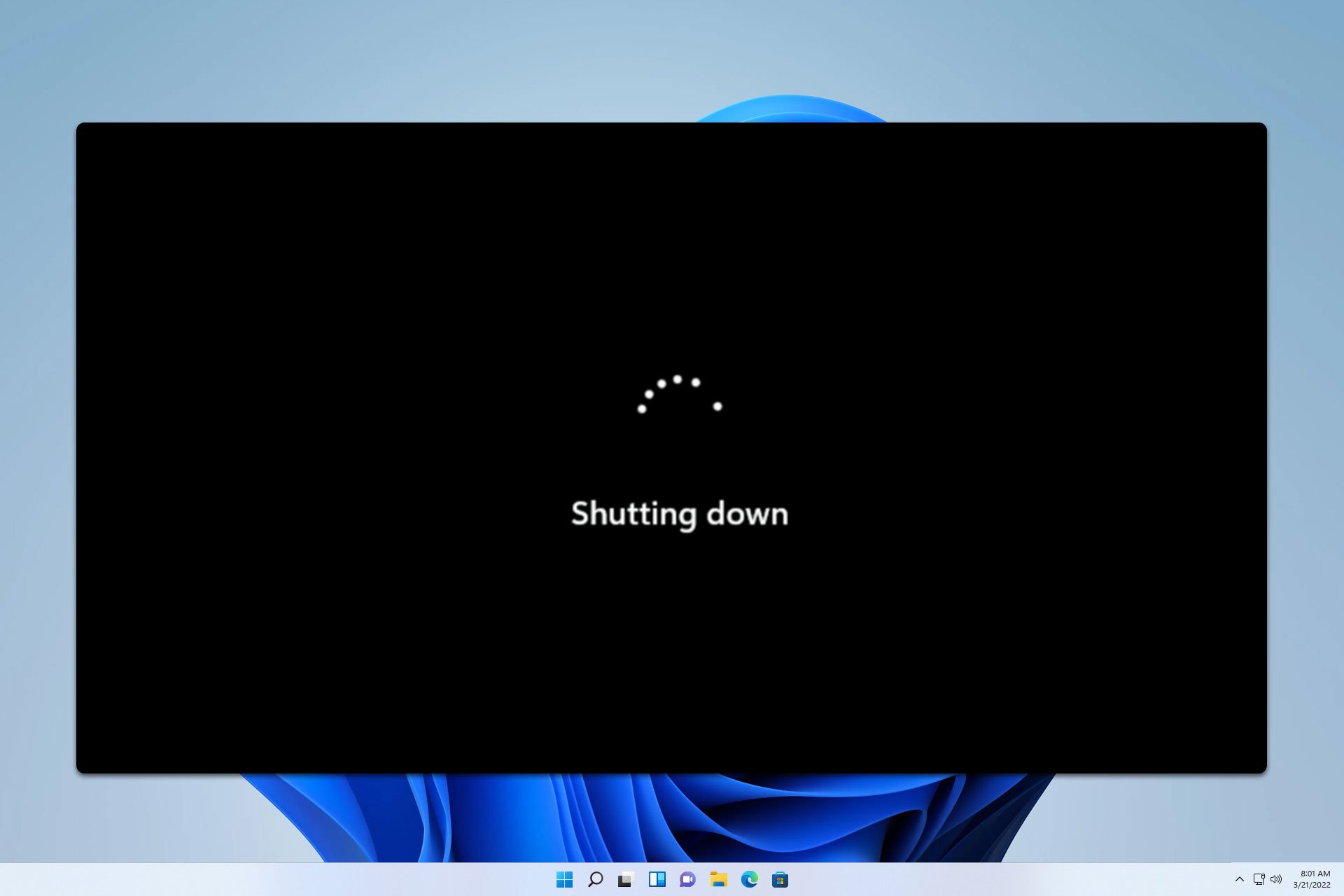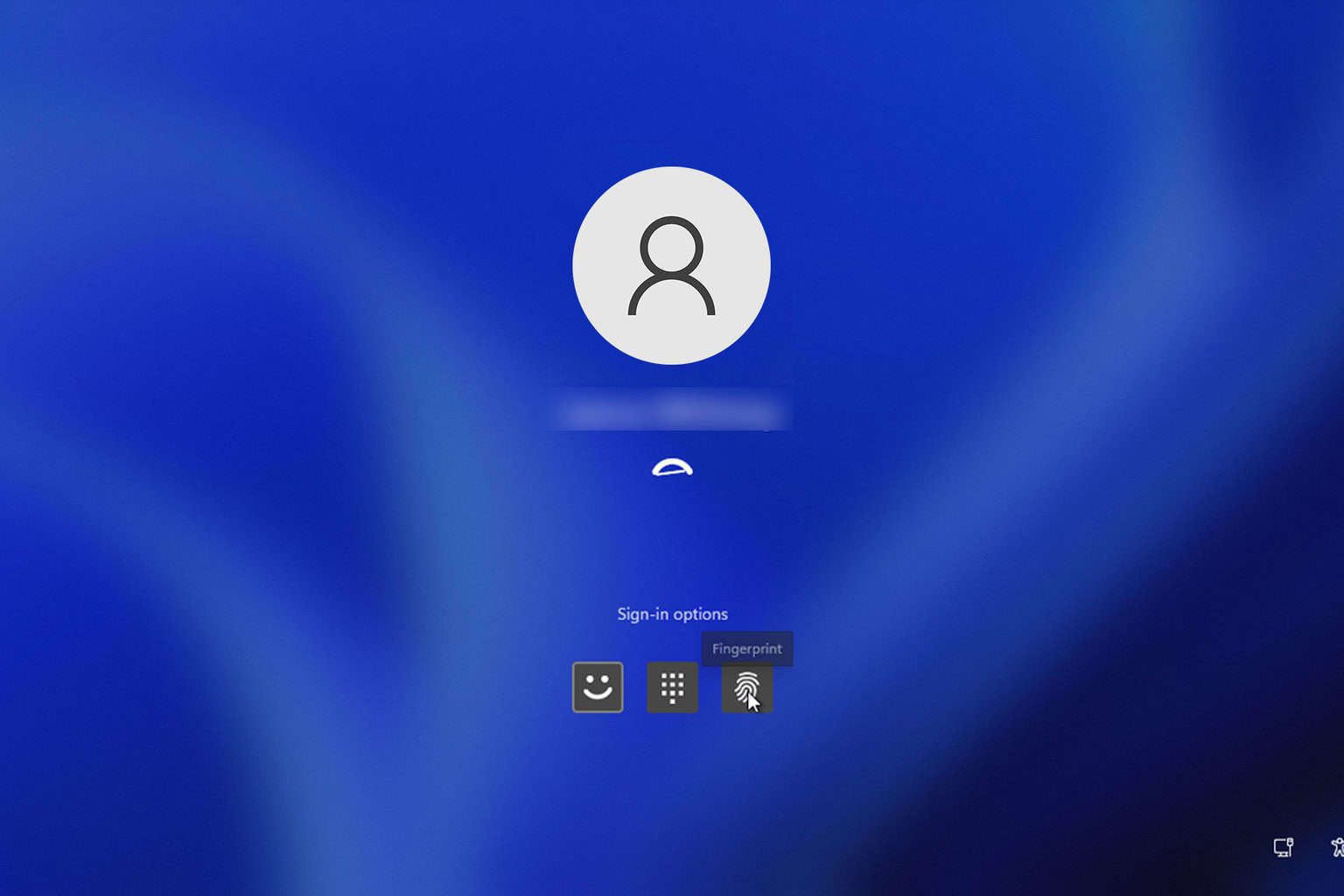Fix Windows 11 Scaling Issue on High DPI Monitors
Issues with the Graphics drivers may prompt this problem
6 min. read
Updated on
Read our disclosure page to find out how can you help Windows Report sustain the editorial team. Read more
Key notes
- Scaling issues on High DPI Monitors can cause the content on the screen to be blurry and flickering.
- This will occur when you use a monitor that doesn’t support the scaling feature and run outdated graphics drivers.
- Troubleshoot by changing the resolution and other display features or updating the graphics drivers.

The Windows 11 scaling issue on High DPI Monitors happens when the system display struggles to resolve the size of the screen content. It can cause the content to be blurry or distorted.
Hence, we’ll discuss how to fix the scaling issues on Windows 11. Alternatively, we have a detailed guide about ways to fix blurry screen issues on Windows 11 here.
What causes scaling issues on Windows 11?
If the monitor or device you’re using doesn’t respond to scaling or has scaling issues, it can be due to many factors. Some notable ones are:
- Unsupported High Definition displays – Some apps and external monitors don’t support features like High DPI scaling by default. So, you may not be able to adjust its display quality or have it adjust to the system settings.
- Custom scaling – Whereas custom scaling allows you to tailor the display to your needs, it doesn’t always work as it should.
- Moving app windows between monitors using different display resolutions – The scaling issue may occur if you’re switching between monitors using varying display resolutions. It causes problems with the scaling because the display settings that apply to one, won’t apply to the other.
- Using separate display configurations on the PC – There are times when you use different screen features like docking and undocking configuration on the same system, which can cause scaling issues as these features have different screen sizes and resolutions.
- Faulty Graphics drivers – When your drivers are outdated, they won’t be able to access patches for fixing bugs, causing them to malfunction.
These factors may vary on different devices. Nonetheless, you can fix the issue by troubleshooting some display settings on your PC.
How can I fix scaling issues on Windows 11 high DPI monitors?
Go through the following preliminary checks:
- Turn off background apps running on the PC.
- Disconnect any remote connection from the computer.
- Restart your device in Safe Mode, and check if the scaling issues persist.
If you can’t get around the problem, proceed with the solutions below:
1. Adjust the DPI Scaling feature for individual app
- Left-click the Start button, find the app whose DPI settings you want to change, right-click on it, then select Open file location from the drop-down menu.
- Right-click the application’s shortcut on the left pane and select Properties from the context menu.
- Go to the Compatibility tab and click Change high DPI settings.
- Check the box for Override high DPI scaling behavior. Scaling performed by, then select System (Enhanced) from the drop-down menu below.
- Click OK to save the changes.
- Restate the app and check if the issue persists.
The above steps will change the DPI settings for the specific app and resolve any scaling issues you experience while running it.
2. Tweak Windows Display settings
- Press the Windows + I to open the Windows Settings app.
- Click on System from the left pane, then select the Display option from the right.
- Go to the Scale and Layout tab, click the arrow button after Scale, and input the scaling percentage you want, then check the box against it.
- If the Signout prompt appears, click it to sign out of your system, then sign in.
- Restart your PC.
Using the Custom scaling feature allows you to modify the scaling percentage you want to achieve your display resolution.
3. Update your Graphics drivers
- Press Windows + R keys to prompt the Run window, type devmgmt.msc, and click OK to open the Device Manager.
- Expand the Display Adapter, right-click on the driver, then select Update driver from the context menu.
- Click on Search Automatically for the updated driver software option.
- Restart your PC and check if the scaling issue persists.
Updating the graphics drivers will fix bugs affecting the high DPI monitor and install new features to improve the display quality.
- Download and install the Outbyte Driver Updater app.
- Launch the software and wait for the app to detect all incompatible drivers.
- Now, it will show you a list of all faulty drivers to select the ones to Update or Ignore.
- Click on Update & Apply Selected to download and install the newest versions.
- Restart your PC to ensure the applied changes.

OutByte
Keep your GPU in a flawless state without worrying about possible driver issues.Check our guide about updating graphics drivers on Windows 11 if you have any issues.
4. Change the appearance settings
- Press Windows + R key to open the Run dialog box, type sysdm.cpl, and click OK to open System Properties.
- Go to the Advanced tab, then the Performance section, and click the Settings button.
- Click the radio button next to Adjust for best appearance and click Apply, then OK to save the changes.
Setting your PC to adjust for the best performance when using high DPI scaling allows it to manage its resources to handle the display.
5. Change your Screen Resolution
- Press the Windows + I to open the Windows Settings app.
- Click on System from the left pane, then select the Display option from the right.
- Click on the Display Resolution option, then set a higher or lower resolution for your display.
- Exit the Settings window and check if you experience any scaling issues.
Changing your screen resolution adjusts the number of pixels and improves image quality. It can fix the blurry display from the scaling effects.
Check what to do if you can’t change the resolution on Windows 11 with the steps above.
6. Set your graphics to high performance
- Press the Windows + I to open the Windows Settings app.
- Click on System from the left pane, then select the Display option from the right.
- Click the arrow button for Graphics.
- Go to the app whose graphics settings you want to change and click the Options button.
- Tick the radio button for High performance and click the Save button.
- Close the Settings app and check if the issue persists.
The High-performance option in the Graphics settings helps the system adjust to High DPI scaling.
7. Update Windows OS
- Press the Windows + I to open the Windows Settings app.
- Click the Windows Update category and click on Check for Updates. Wait for the Windows update result and click on Install Update if a Windows update is available.
- Restart your PC.
Updating the Windows OS will install new updates and patches for fixing bugs affecting your display and resolving scaling issues.
Read about ways to fix Windows updates not working if you encounter any problems during the update process.
In addition, you may be interested in our article on the performance comparison between GPU scaling VS Display scaling on the PC.
Also, we have a comprehensive guide about ways to fix apps not responding to Scaling changes on Windows 11.
Should you have further questions or suggestions, kindly drop them in the comments section.























User forum
0 messages